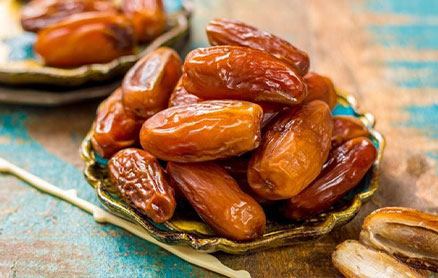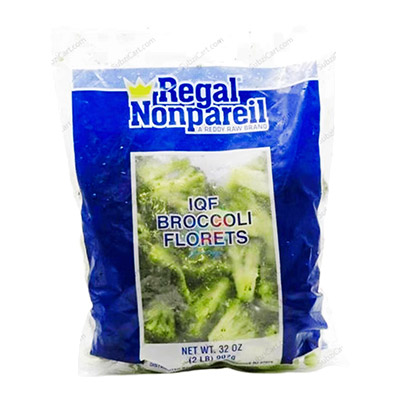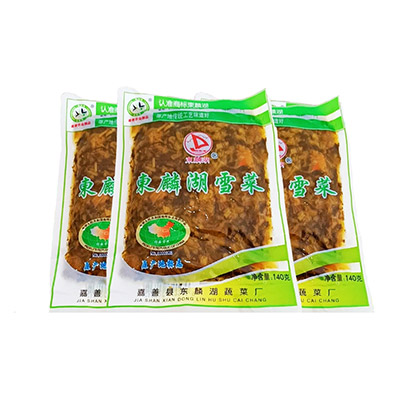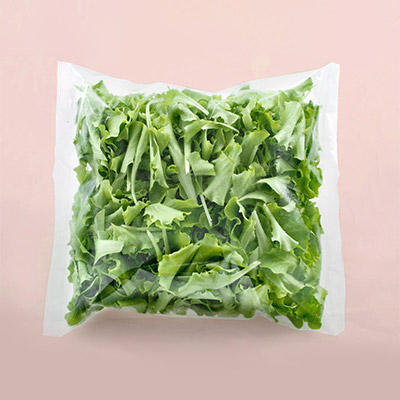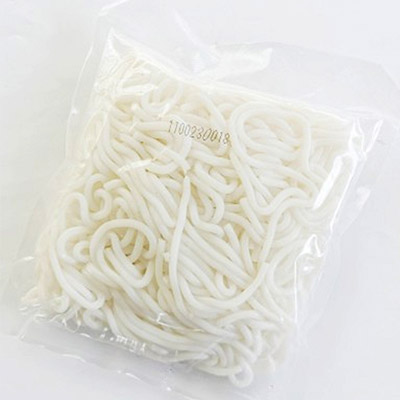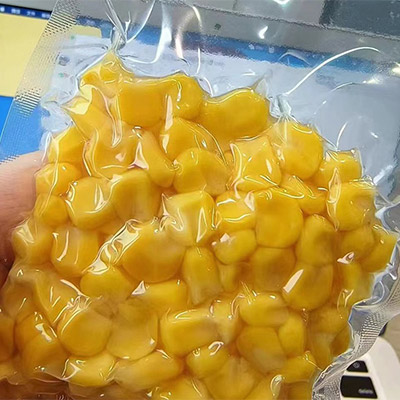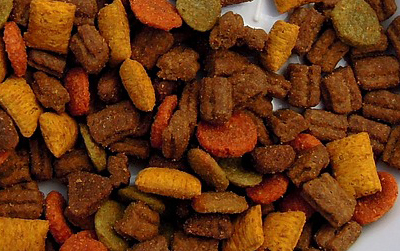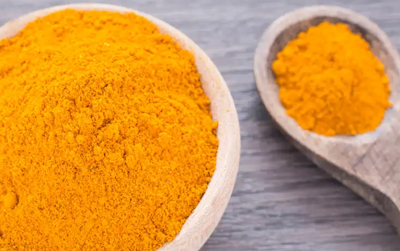Innovative Packaging for Bulk & Block Products
In the evolving world of bulk and block material packaging, achieving precision, efficiency, and extended product freshness is crucial. Our advanced machinery caters to diverse bulk and block products—whether fresh, frozen, or processed—through sophisticated, high-performance packaging solutions that maintain product integrity and enhance shelf appeal.
Tailored Packaging for Various Product Types
1. Rotary Vacuum Packaging Machines:
Ideal for products like corn, these machines use a rotary cup filler for precise portioning, delivering airtight vacuum packaging that preserves freshness and quality.
2.Rotary Pouch Packaging Machines with Multihead Weighers:
Perfect for bulkier items such as dates, meatballs, and sausages, this setup ensures accurate weighing and efficient pouch filling. The multihead weigher adapts to various shapes and sizes, ensuring precise filling while maintaining product integrity.
3. Horizontal Packing Machines for Frozen Foods:
For delicate items like frozen vegetables, fruits, noodles, and seafood, horizontal packing machines combined with pouch vacuum technology offer the ideal solution. This method preserves freshness, maintains texture, and extends the shelf life of these products.
4. Bowl Type Conveyor:
These conveyors streamline the movement of block products into packaging stations, minimizing handling damage. From noodles to frozen fruit, bowl conveyors facilitate smooth and efficient product transfer, especially for items with specific texture requirements.
Advantages of Our Packaging Solutions
Product Freshness: Vacuum and nitrogen-flush options ensure freshness, crucial for frozen and perishable items.
High Precision: Rotary cup fillers and multihead weighers deliver accurate portions, maximizing packaging efficiency and reducing waste.
Flexibility: Our machines handle various bag types and shapes, from pouches to trays, adapting to different product dimensions and textures.
Why Choose Our Bulk & Block Packaging Solutions?
Our packaging systems cater to the specific needs of bulk and block items, improving your production flow while preserving product quality. Our solutions are designed with your growth in mind—offering high performance, reliability, and adaptability for various industries.
Contact us today to find out how our advanced machinery can transform your bulk and block packaging processes and elevate your product’s market appeal.
















